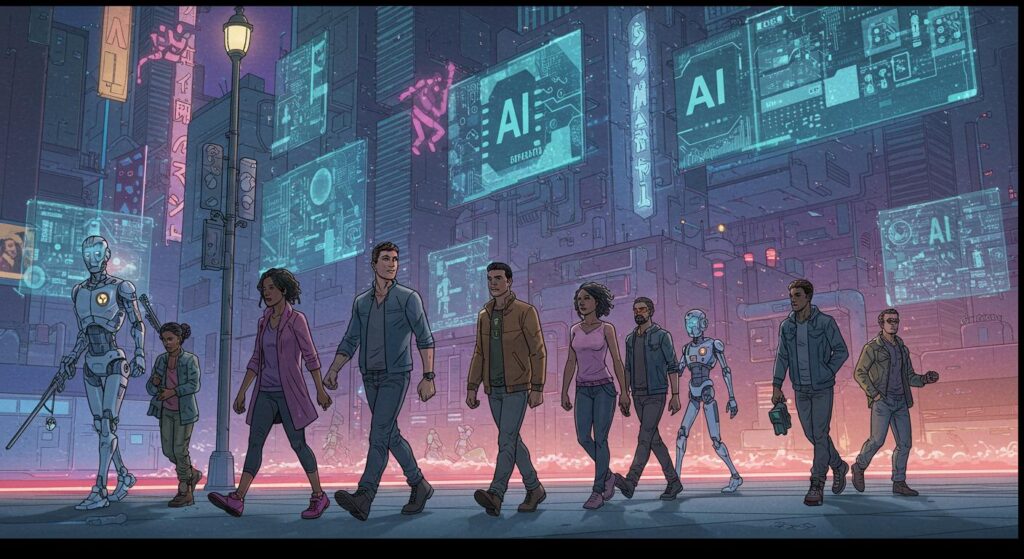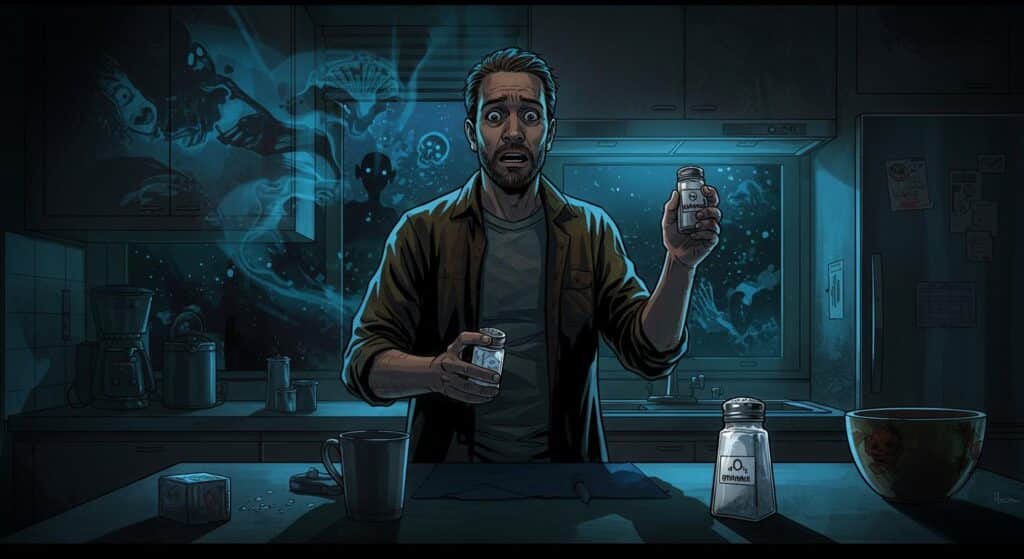If you’ve ever idly wondered what would happen if you swapped out a finger for a toe—say, on one of those days when the world’s oddities send your mind scurrying down bizarre what-if alleyways—science has just piped up with a surprising answer: your toe might actually be the superior finger. That’s not just backyard speculation, either. The newest research, detailed in a press release from the American Society of Plastic Surgeons, now finds that, when it comes to restoring hand function after finger amputation, moving a toe to your hand might leave you better off than simply trying to reattach your own lost digit. Sometimes, science snatches the “stranger than fiction” crown and wears it without irony.
Three Cheers for Toe Transfer
Digit amputations—think lost fingers and thumbs—are more common than most people suspect, with around 45,000 such injuries each year in the U.S. alone. Until now, standard procedure has been to attempt to replant the severed part—reuniting you with your original finger if conditions allow. There’s a certain poetic logic to “putting things back where you found them,” but recent findings from Dr. Fu-Chan Wei and Dr. Steven Lo suggest our toes may be the real unsung heroes when it comes to hand repairs.
Analyzing 126 toe transfers in 75 patients and 96 traditional finger replantations in 52 patients—all treated at Chang Gung Memorial Hospital—the researchers compared long-term outcomes using the Michigan Hand Questionnaire and other patient-reported measures. As described in the press release, hand function scores for those who received toe transfers were about three times higher than what clinicians typically deem significantly improved. The more severe the injury, the bigger the gains from toe-to-hand surgery. The outlet also notes that the advantage wasn’t a close call; it was a full-on leap. Suddenly, the phrase “all thumbs” feels quaint—perhaps “all toes for thumbs” is where medical science is headed.
Unexpected Perks—and Fewer Drawbacks
Improvements for toe-transfer patients went beyond the hand itself. As noted in the report, their overall physical health-related quality of life—using standard SF-36 scores—also saw greater improvement than among replanted-finger patients. And curiously, most participants barely noticed the missing toe: foot function following surgery remained right on par with the general population. Evidently, your foot just shrugs and carries on, while your hand celebrates its new upgrade.
Physical assessments outlined in the press release highlight further perks. Hand range of motion, tripod pinch (imagine holding a pencil), and two-point discrimination (think: nerve sensitivity) all correlated with the functional superiority of toe transfer. On top of that, patients with better physical and mental health saw even greater gains. The press release points out that earlier studies tended to focus just on surgical success; long-term, real-world measurements like these were lacking until now.
Lest you worry this is all being done for novelty’s sake, Dr. Fu-Chan Wei is quoted in the press release, saying, “Our study provides the first evidence that toe transfer surgery provides better long-term hand function compared to attempted replantation of the amputated fingers.”
This does invite a small existential pause: would having a toe as a finger feel natural? The data hints your body might appreciate the practicalities more than you’d expect, even if it takes your brain a little longer to adjust.
Rethinking the “Gold Standard” of Reattachment
The press release further states that, given the results, the longstanding idea that “emergency replantation is always best” after digital amputation may well need revisiting. There’s currently no clear, evidence-based rule for when to use a toe versus a replanted finger—a gap this study helps to address. For healthcare systems, national policies, and individual patients facing the loss of a digit, it’s a quietly seismic shift.
Considering how frequently these injuries happen and the toll they take on daily life, the implications are refreshingly practical. Sometimes, it seems, your most overlooked anatomy is right there, ready for a career change. Does this mean your feet have secret aspirations? Or maybe, just maybe, evolution gave us spare parts as a kind of backup plan.
In Summary: The Accidental Genius of Evolutionary Spare Parts
To be fair, not every injured hand will wind up fitted with a toe. But, as demonstrated by this robust study, the concept is not only viable—it’s functionally outstanding for many patients. Perhaps it’s time to give nature credit for leaving hidden options in unexpected places. Or perhaps it’s a reminder that the body is quietly ingenious in ways we’re only now beginning to appreciate, all because someone asked a weird, practical question in a hospital in Taiwan.
Whether you find it quietly inspiring, mildly disconcerting, or just another nugget for your “things I didn’t expect science to confirm today” file, one thing feels oddly certain: the parts you never expected might just be the best solution of all. Given the option, would you trust your toe to handle your handwriting? Apparently, odds are good your hand would thank you for it.







